Writing a good article is not enough for search visibility and good user engagement. What really matters is how well you structure it in order to optimize it well and give clear answers to users’ questions.
Here are four factors to consider when creating effectively structured content, and tools to use for each.
1. How to use your HTML headings
HTML headings are nothing new. In fact I was blogging on them over a decade ago (back then we referred to them as “semantic structure” which gives a good idea what they are for).
HTML headings got back into the spotlight recently thanks to Google’s featured snippet algorithm.
We have found that Google looks for an H2/H3 subheads to locate the best answer to the query (and consequently feature the page).
Since featured snippets are also powering voice search results for the most part, we’ve seen a flood of newer articles on structuring your content with HTML headings over the past few months.
Here are a few takeaways on how to use HTML headings correctly:
- Keep the content structure in mind. You don’t start your page with an H3 heading. Instead, it should H1 heading followed by an H2 heading followed by a few H3 headings. There can be several H2 and H3 headings within one article reflecting the hierarchy of content.
- HTML headings are your perfect sections to put your primary and secondary keywords in. It’s not just for SEO (although it is important): Your readers will skim through your content and seeing those keywords (that brought them there) in prominent places will keep them reading.
- When taken out of context, H2-H3 headings should give a good idea of what the article is about. It’s like a summary of a page.
- Each heading should be followed by a clear concise answer (e.g. a definition, a quick factual answer, etc.) This is for both search engines and readers to quickly find what they were looking for.
There are not many tools currently providing actionable optimization recommendations when it comes to content structuring. I usually turn to question research when I want to better understand how to break my article into subtopics.
To better understand how to word my headings, I am using Text Analysis by Serpstat. The tool is based on Keyword Clustering feature (which I highlighted here), so your first step would be grouping your keyword list using that section. Once you identify semantic groups of your keywords, select one (or several) of the groups and proceed to the Text Analysis step.
The tool will analyze on-page content of your top 10 organic competitors in Google and come up with the optimization recommendations to create a better-optimized copy (and structure):
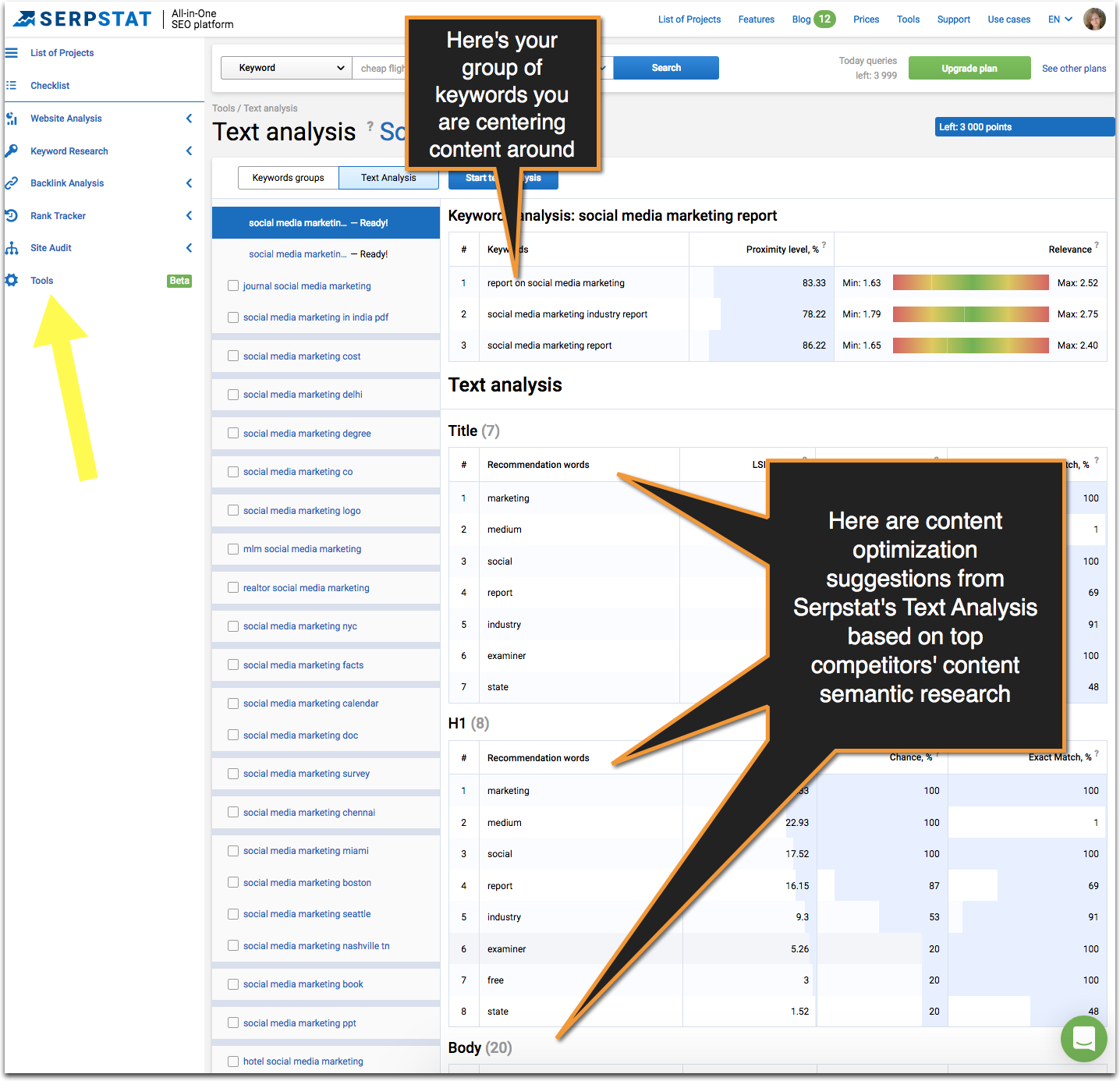
Read a more in-depth explanation of the feature here.
2. How to better optimize each article section
SEO has moved beyond keyword matching. While knowing your primary keyword(s) is still very important, using it throughout your article is not enough to optimize it.
How to better structure each section of your article?
TextOptimizer, the tool I have already highlighted here, makes the topic research even easier with its latest update. The tool uses semantic analysis to come up with the list of related and neighboring terms that should be covered in your article or on your landing page.
On top of all, you can clearly see what you should discuss within each section of your content. To give you a better idea, let’s say you are working on a landing page for your [social media marketing] services.
TextOptimizer will search Google for that query, extract search snippets and, using semantic analysis, identify key concepts that will best cater to Google’s and its users’ expectations. One of those identified terms is, say, “Business goals” which you may decide to cover under a separate HTML heading.
But what should be inside that section?
Clicking the phrase inside TextOptimizer’s dashboard will give you a very clear idea:
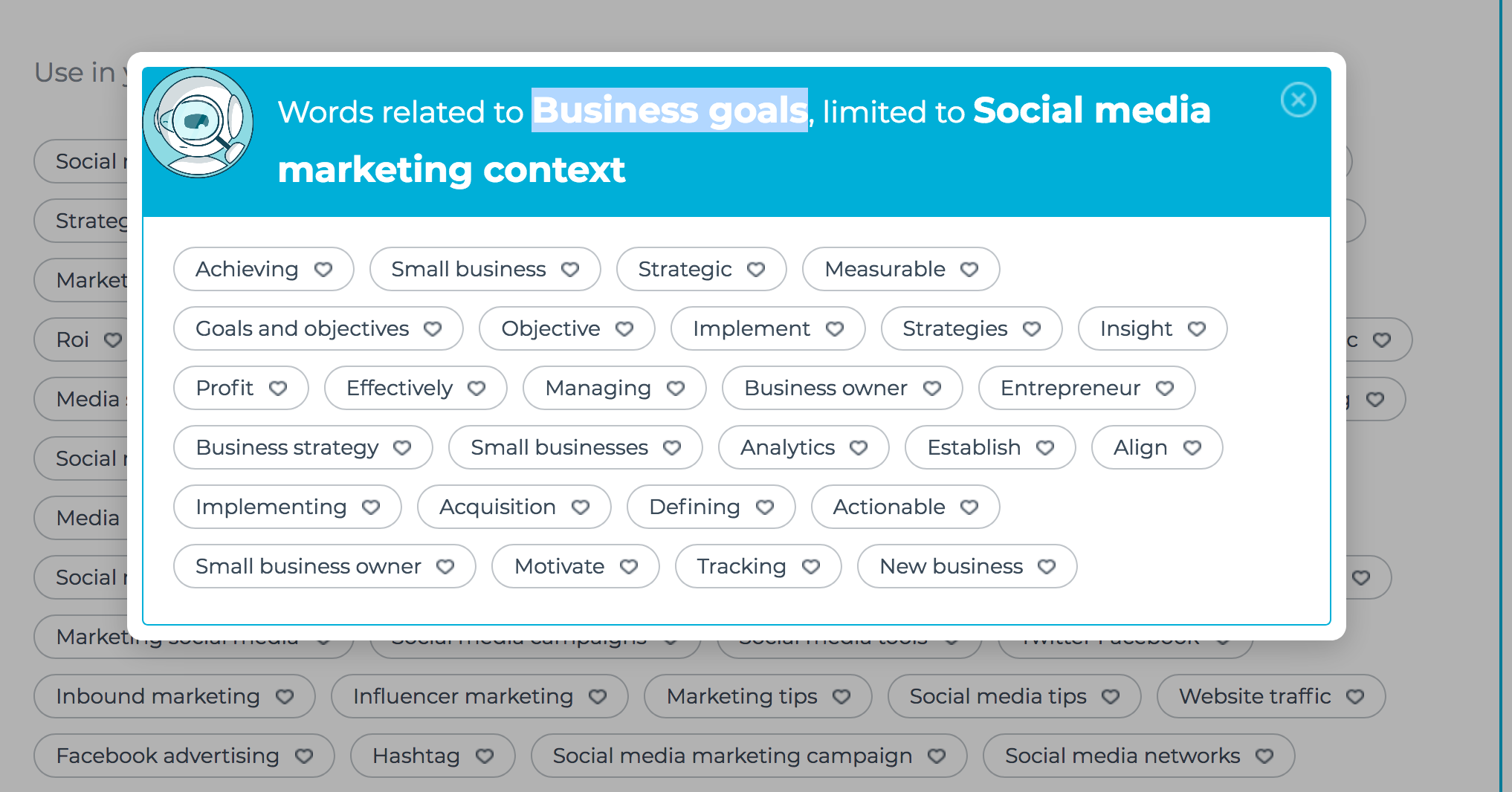
What you need to do now is to create a copy discussing several of these concepts inside your section covering “Business goals“.
3. Where and how to use your calls-to-action
In-content calls-to-action are often neglected. This is unfortunate because content is a massive lead driver, especially once you get it well-placed in Google’s search results (using the two tools above).
But how to turn your content into a conversion and / or lead generation channel?
Make the most of your in-content CTAs (including in-content two-step optin).
Finteza is the free analytics software with a solid focus on conversion rate optimization. It tracks your multiple CTAs and tells you exactly how your readers engage with them.
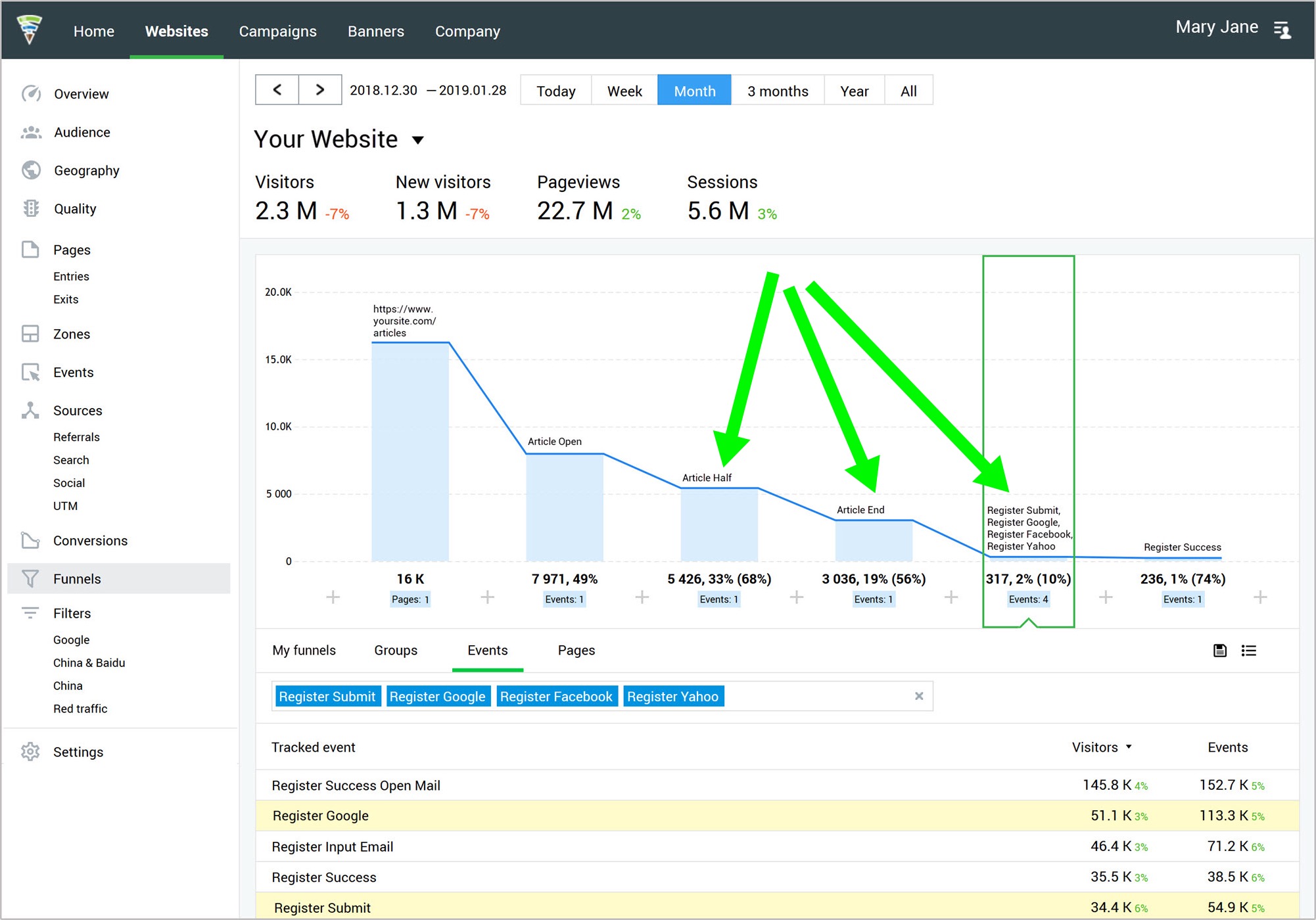
Finteza makes it super easy to add in-article CTAs to event tracking through their WordPress plugin:
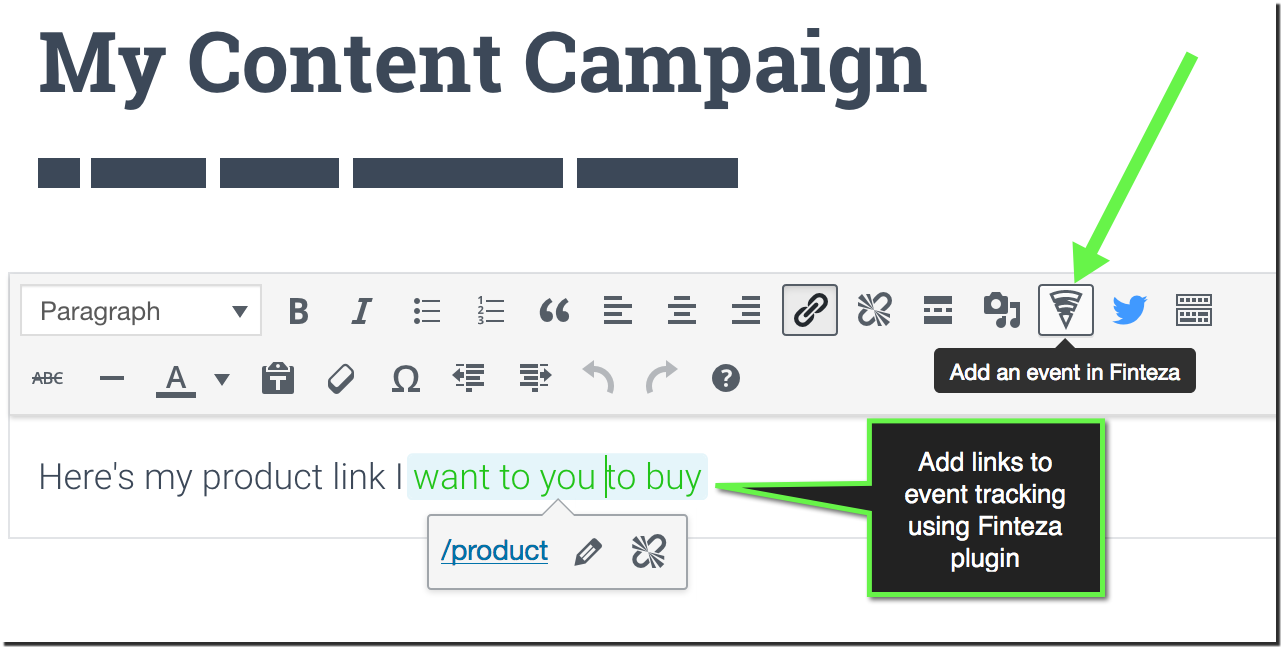
Tip: When adding your in-content events for tracking, name them based on the placement to better understand which of those perform better. For example, “article-top download”, “sidebar banner”, “post-text webinar”, etc.
4. How to use in-content structured markup
Finally, if you really want to make the most of your content structuring, schema.org is always a good idea. When it comes to content, there are only a few schema.org types currently officially supported by Google including reviews, recipes and news.
One of the non-supported types which I am inclined to use is HowTo schema which we already saw used by Google as an experiment.
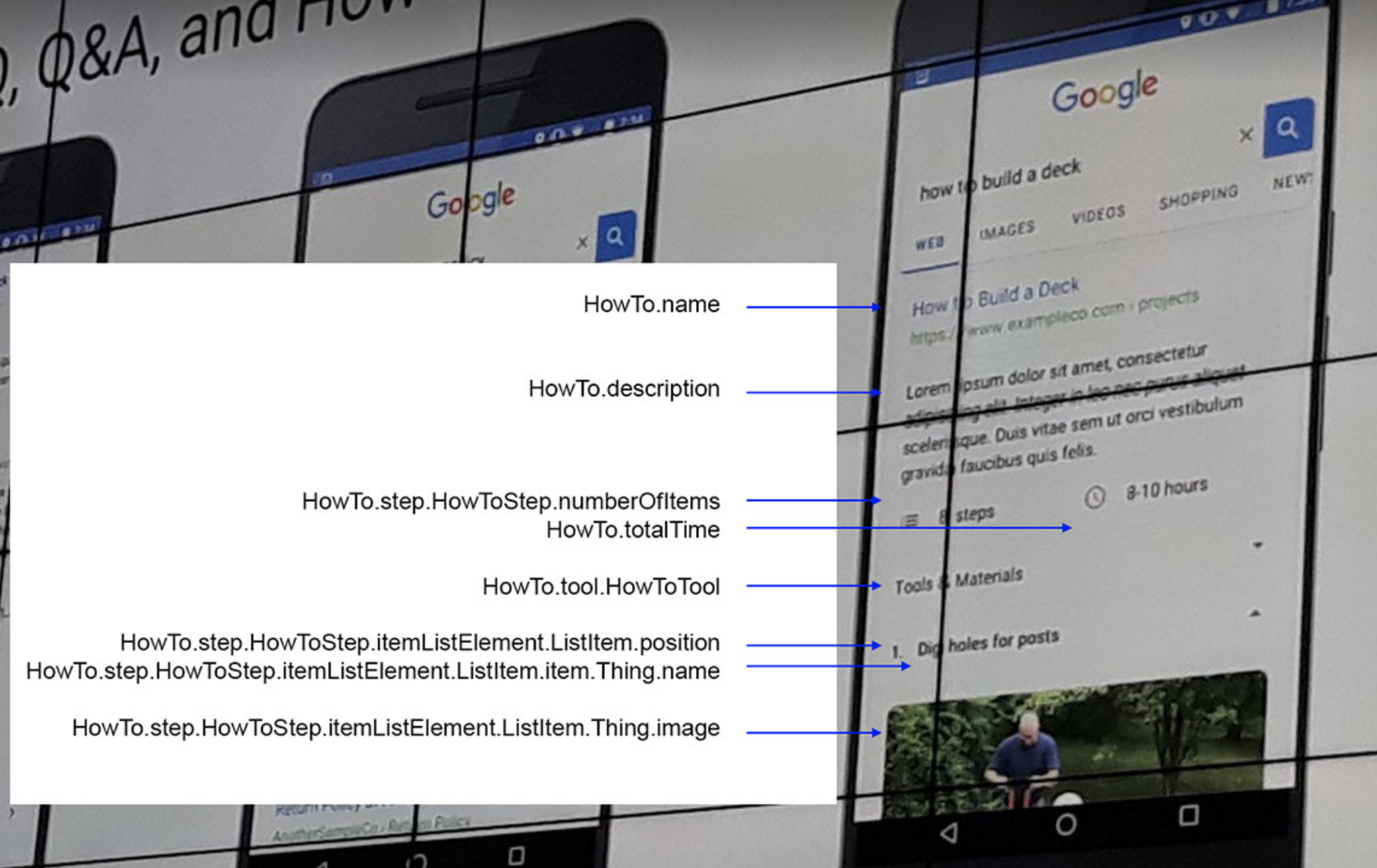
[Screenshot by Aaron Bradley]
Yoast Plugin makes it super easy to implement.
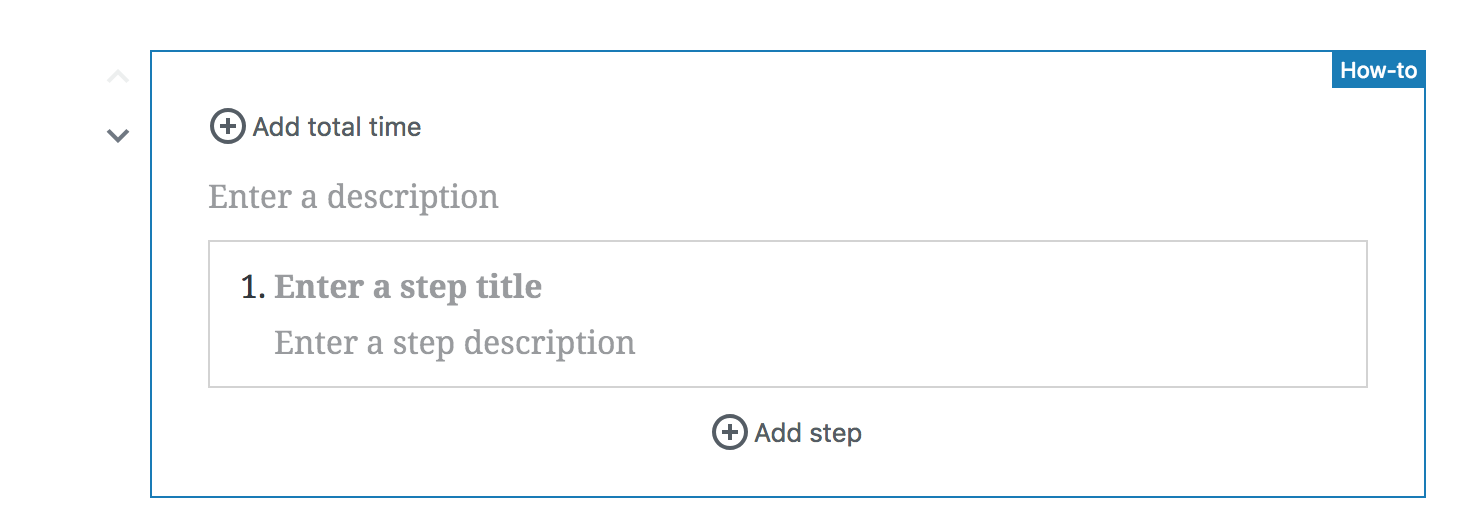
Tip: Use Yoast SEO plugin to easily add HowTo schema: Just keep adding steps until you’ve included all of them. This will help Google to better locate and interpret your instructions.
Content creation is the fundamental step in any digital marketing strategy, even in difficult niches. Make the most of your content development efforts with better structuring each page that goes up on your site.
What tools are you using to structure your content? Please share your tips!
The post Four tools to better structure your article for SEO and usability appeared first on Search Engine Watch.
from SEO – Search Engine Watch https://ift.tt/2Sf2UzZ
via IFTTT

My co-worker just showed me this content editor INK for All. Would be helpful to read a review of it in a follow-up post, if possible
ReplyDelete